In Valencia the temperature has been around 36ºC, which as far as I’m concerned is bloody hot and the only things I feel like are cold drinks, cold soups, salads and well anything cold! It just happened that I was talking 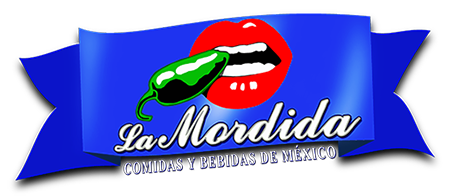 to an old Mexican friend who used to run a restaurant here in Valencia the best Mexican restaurant ever, called La Mordida (now they are only in Madrid where they have 6 restaurants. www.lamordida.com) and as we were chatting I remembered the incredible guacamole they used to serve. It was unbelievably good. I was soon craving it and when I got home I decided to make some. Funnily enough, that evening we had some guests over so I thought it might be a nice appetizer with a glass of Albariño, to get things off to a start.
to an old Mexican friend who used to run a restaurant here in Valencia the best Mexican restaurant ever, called La Mordida (now they are only in Madrid where they have 6 restaurants. www.lamordida.com) and as we were chatting I remembered the incredible guacamole they used to serve. It was unbelievably good. I was soon craving it and when I got home I decided to make some. Funnily enough, that evening we had some guests over so I thought it might be a nice appetizer with a glass of Albariño, to get things off to a start.
I have been making fresh guacamole for quite a long time mainly because the guacamole here in Spain that can be bought from the supermarket look processed and the wrong colour, so I don’t tend to go near it. I must admit that the fresh guacamole sold in the UK is much better. But after trying the guacamole from La Mordida there was no going back, I stole the recipe and it was dip, dip, and dip with my tortilla chips from that point onwards!
Guacamole is really simple, almost so simple I feel a bit daft publishing this post, but I decided to do it as I know there are a lot of people out there who still buy their guacamole in plastic tubs from the supermarket because they think it must be too difficult to make or haven’t really ever given it any thought. I was one of them until I saw it being made. It’s a joke, once you’ve done it, you’ll never buy ready made again. I still have friends who ask me how I make it and when I tell them the recipe they can’t believe how simple it is. So I thought I would share this really simple recipe with you all. I am sure many of you already know how to make guacamole but for those who haven’t made it yet, this will help you along.
Like all traditional recipes everyone has their own touch or twist, but this recipe is apparently the authentic one according to my dear Mexican friends… so who’s to argue with them! In Europe many people include tomato in their guacamole that isn’t exactly traditional. Traditionally the tomato is eaten along side the guacamole in a “salsa” called ‘Pico de Gallo’, which I will also share the recipe for, don’t worry, absolutely fantastic too!
These are the ingredients you’ll need for 4 people:
3 large mature avocados (nor green, nor over-ripe, make sure there at the right point in the maturation process.)
This diagram will help :

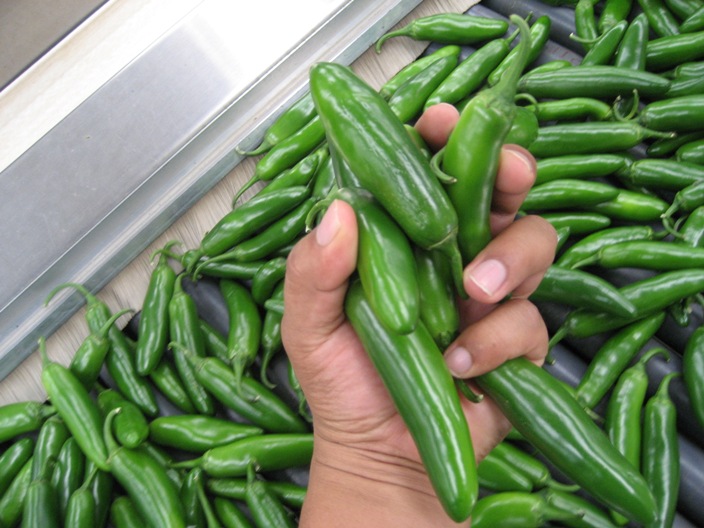
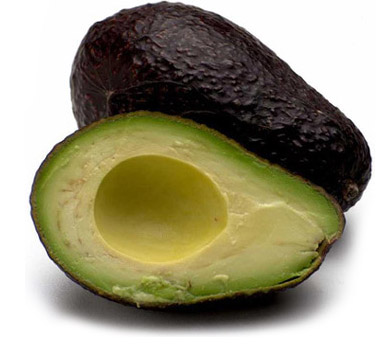
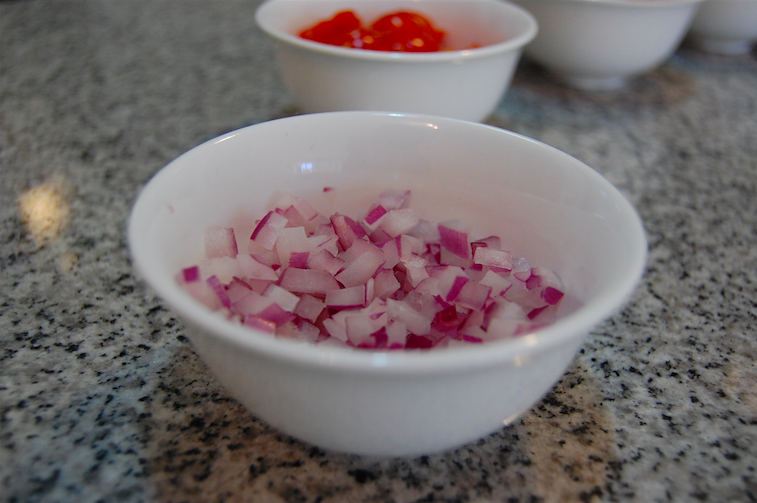
2 dessert spoons of finely diced red onion.
2 dessert spoons of coarsely chopped fresh coriander.
½ Serrano chile (optional) also finely chopped
½ lime squeezed (or lemon)
Salt and Freshly crushed black pepper
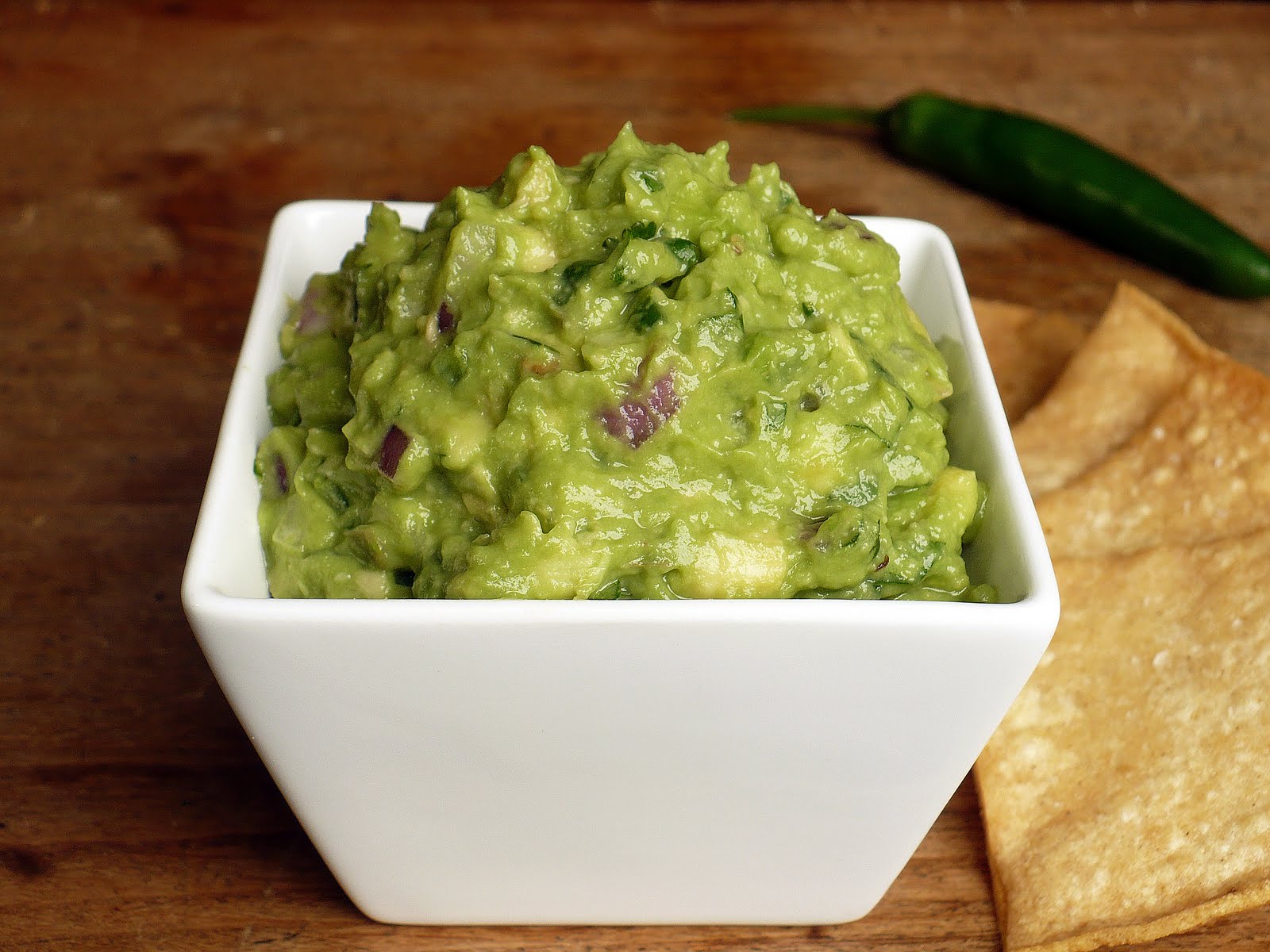
Quite simply cut in half, remove the pit, sccop out the flesh and mash coarsely with a fork in a bowl. Add the finely chopped red onion, the coriander and the chili, if you want it. Then squeeze the juice of half a lime over the top and sprinkle salt and freshly ground pepper over the top. Mix with a fork and taste for seasoning. It should not become a creme it should be like a lumpy paste. Let it sit for 10 minutes in the fridge and serve with a bowl of “pico de gallo”.
 12.34.02.png)
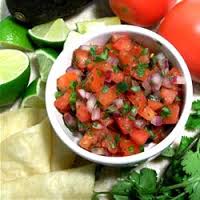
The “pico de gallo” couldn’t be simpler, it is exactly the same as before except you substitute the avocado for 2-3 ripe plum tomatoes (but not too ripe – the skin shouldn’t wrinkle when you press it), which are the most similar in flavour to the tradicional mexican “jitomato”. Now all you need to do is serve them up with a bowl of nacho corn chips.
Easy and delicious.
I know it’s not very Spanish, but it’s “Latin” and very refreshing!
Enjoy!